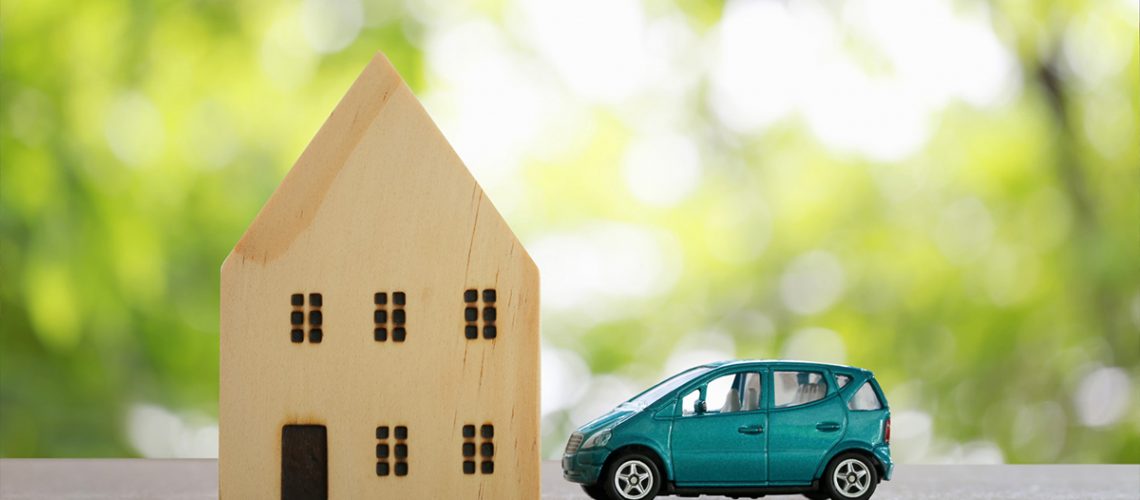
Bankruptcy can feel devastating. You might worry about losing your home and car. However, knowing what happens next can bring clarity. In bankruptcy, your assets, like your home and car, are part of the process. It’s essential to understand how each asset is treated. You might be able to keep your home under certain conditions. This often depends on your ability to keep up with mortgage payments. Similarly, for your car, maintaining payments can be a deciding factor. If you can’t, you may face repossession. However, there are options to prevent this. Securing advice from a Boise business bankruptcy attorney can be crucial. They can guide you through options and help you protect your assets. Filing for bankruptcy is complex, but understanding its impact on your home and car is a pivotal first step. Start by learning and seeking guidance. You’ll navigate this challenging time with more confidence.
Understanding Bankruptcy Types
Bankruptcy comes primarily in two forms: Chapter 7 and Chapter 13. Knowing the difference helps in managing your home and car.
- Chapter 7: This is a liquidation bankruptcy. Some of your assets may be sold to pay off creditors. However, exemptions can help you keep necessary assets, like a home or car.
- Chapter 13: This is a reorganization bankruptcy. It allows you to keep your property and repay debts over time, usually three to five years.
Each chapter impacts your home and car in distinct ways. Choose the one that aligns best with your goals.
Keeping Your Home
In bankruptcy, your home might be at risk. Yet, you have options to protect it. Your equity plays a key role. Equity is the difference between your home’s value and the amount owed on your mortgage.
Chapter 7 can help if your equity is below your state’s exemption limit. If it isn’t, Chapter 13 might be better, allowing you to catch up on missed payments. This gives you a chance to keep your home while reorganizing debt.
Preserving Your Car
Your car is often essential for daily life. Bankruptcy may let you keep it. The way this happens depends on the chapter you file under.
In Chapter 7, if your car’s value is within exemption limits, you might retain it. If not, Chapter 13 lets you include car payments in your repayment plan. This can help you stay on track and preserve vehicle ownership.
Comparison of Chapter 7 and Chapter 13
| Aspect | Chapter 7 | Chapter 13 |
|---|---|---|
| Asset Treatment | Liquidation with exemptions | Reorganization with repayment plan |
| Home Retention | Possible if within exemption limits | Potential through repayment plan |
| Car Retention | Possible if exempt | Possible through repayment plan |
Steps to Protect Your Assets
Taking steps early in the bankruptcy process can safeguard your home and car. Here’s how:
- Consult a professional. A legal advisor provides tailored advice and guides you through the process.
- Understand exemptions. Knowing what assets are protected helps in planning.
- Maintain payments. Keeping up with your mortgage and car payments is crucial.
These actions can ease the burden of bankruptcy and help you keep essential assets.
Where to Find Help
Bankruptcy can be overwhelming. Seeking help from credible sources is important. The United States Courts website offers comprehensive information on bankruptcy. Utilizing these resources equips you with the knowledge needed to make informed decisions.
Understanding what happens to your home and car during bankruptcy is vital. Each situation is unique, and advice from professionals like a Boise business bankruptcy attorney can prove invaluable. With proper guidance and knowledge, navigating bankruptcy becomes less daunting and more manageable.